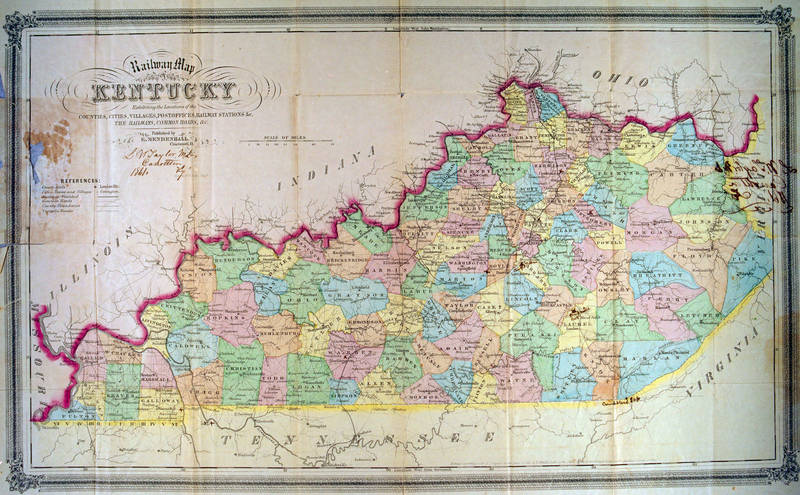
200th Anniversary of Kentucky’s First Railroad: Lexington & Ohio
The rhythmic chug of locomotives, the clatter of iron wheels on steel tracks – these sounds, now synonymous with progress and connectivity, had their humble beginnings in the early 19th century. On January 30, 1830, a pivotal moment in history unfolded as the Lexington and Ohio Railroad was officially chartered, setting the stage for a transformative era of transportation.
The visionaries behind the Lexington and Ohio Railroad embarked on a journey that would reshape the landscape and foster economic growth. With the charter in hand, construction commenced in October 1831, marking the initial steps towards a more connected future. The challenges were immense, but the determination to link Lexington and Ohio spurred progress.
Fast forward to January 31, 1834 – a date etched in the annals of railroad history. The completion of the line to Frankfort, covering a distance of 29 miles, marked a significant achievement. This accomplishment not only bridged physical gaps but also symbolized the triumph of human ingenuity over geographical constraints.
As the iron arteries extended, they brought more than just trains and cargo. The Lexington and Ohio Railroad became a lifeline for communities along its route. Towns flourished, trade prospered, and a sense of interconnectedness enveloped the region. The railroad was not just a mode of transportation but a catalyst for societal and economic transformation.
In the 1830s, the technology powering railroads was cutting-edge. Steam-powered locomotives and iron tracks represented a departure from traditional modes of transportation. However, the journey was not without hurdles. Engineers grappled with terrain, weather, and engineering complexities, yet their perseverance laid the foundation for a burgeoning rail network.
The Lexington and Ohio Railroad, born out of necessity and vision, set the stage for the evolution of rail transportation in the United States. Over the years, the rail network expanded, weaving a tapestry of connectivity that spanned the nation. Today, remnants of the early railroads serve as a testament to the pioneers who dared to dream of a more connected world.
As we reflect on the humble beginnings of the Lexington and Ohio Railroad, we recognize the profound impact it had on shaping the course of history. The journey from charter to completion was a testament to human determination and innovation. The legacy of this railroad lives on, reminding us that progress often begins with a single track laid in pursuit of a brighter future.

